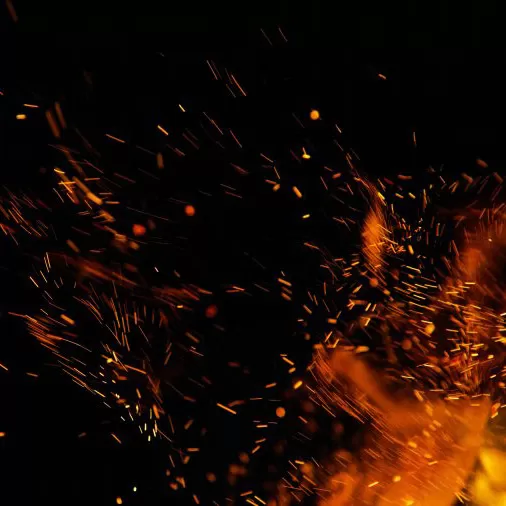Modern technologies and systems for industrial protection
Industrial safety is one of the key aspects of every manufacturing plant. Among the many threats they have to deal with, one of the most dangerous are sparks, which can lead to fires or explosions. Thanks to technological advances, spark detection methods are becoming more advanced, which translates into increased safety. In this article, we will look at how modern technologies and systems for industrial protection can help detect and neutralize this threat.
What are sparks and why are they dangerous
Sparks are small particles of incandescent material that can be created by various industrial processes, such as cutting, welding, or grinding. Sparks are dangerous because they can ignite flammable materials, which can lead to fires or explosions. This is why spark detection is so important for industrial safety. Depending on the industrial environment, sparks can be created in different places and under different conditions, which can make their detection difficult.
Traditional Spark Detection Methods
Traditional spark detection methods include visual inspection and smoke detectors. Visual inspection involves a worker observing the process and looking for sparks. Smoke detectors, on the other hand, detect smoke that can be produced when a spark ignites flammable material. However, both methods have their limitations. Visual inspection is time-consuming and may not detect all sparks, especially those that occur in hard-to-reach areas. Smoke detectors, on the other hand, may not detect sparks that have not yet produced smoke. In addition, both methods can generate false alarms, which can lead to unnecessary production disruptions.

Modern spark detection technologies
Thanks to technological advances, modern spark detection technologies have emerged that are more effective than traditional methods. These technologies include:
- Optical Spark Detectors: These devices use optical sensors to detect sparks. They are very sensitive and can detect even a single spark. Optical detectors can operate in a variety of conditions, including darkness, making them ideal for many industrial environments.
- Thermal Spark Detectors: These devices use temperature sensors to detect sparks. They are particularly effective at detecting sparks that are caused by high-temperature industrial processes. Thermal detectors can detect sparks based on their heat, allowing for quick and precise detection of threats.
Industrial protection systems
Modern spark detection technologies are often integrated with industrial protection systems. These systems can include various devices such as spark detectors, spark extinguishing systems, alarm systems, and even access control systems. Thanks to this integration, industrial protection systems can respond quickly to spark detection, for example by activating a spark extinguishing system or an alarm. Depending on the specifics of a given industrial plant, these systems can be configured in different ways, allowing them to be adapted to individual needs.
The Future of Spark Detection
The future of spark detection looks promising. Thanks to technological advances, spark detection technologies are becoming more advanced and effective. Moreover, the growing awareness of the importance of industrial safety may contribute to a greater interest in these technologies. In the future, we can expect further development of spark detection technologies, as well as the integration of these technologies with other industrial protection systems.
Summary
Spark detection is a key element of industrial safety. Thanks to modern technologies, spark detection is becoming more and more effective, which translates into increased safety. However, like any technology, spark detection technologies also have their challenges that must be considered during their implementation. Nevertheless, the future of spark detection looks promising, and the development of technologies in this field can bring even greater benefits for industrial safety. Therefore, investing in modern technologies and systems for industrial protection is not only a matter of increasing safety, but also a matter of responsibility for the life and health of employees and the protection of property.
